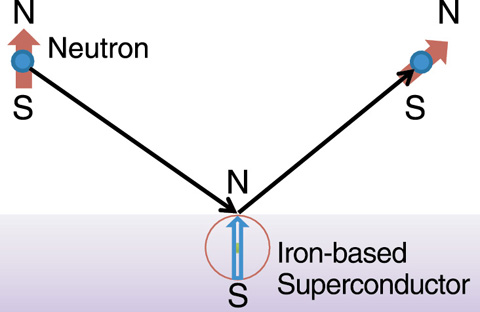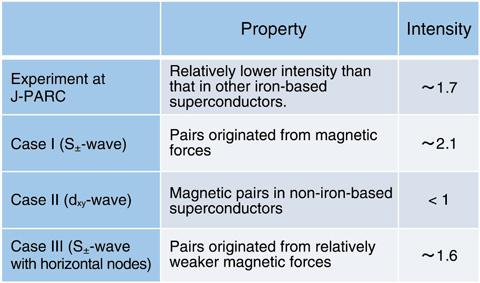
Fig.11-4 Schematic figure of a neutron scattering experiment
Table 11-1 Comparison between the intensities of experiments and theoretical values for BaFe2(As, P)2

Superconductivity is a phenomenon that typically involves sudden disappearance of electric resistance below the superconducting transition temperature. In the nuclear R&D field, a superconducting coil is indispensable for nuclear fusion reactors and accelerators.
A new superconducting material, an iron-based superconductor, was discovered in 2008. This type of material exhibits a very high transition temperature and a richly varied chemical composition. Neutron scattering experiments for the iron-based superconductor BaFe2(As, P)2 have been conducted at the Japan Proton Accelerator Research Complex (J-PARC) in JAEA (Fig.11-4). The results of these experiments indicate that the magnetism of iron atoms is important in the mechanism of superconductivity. Further evidence is required to clarify this mechanism because it has proven difficult to ascertain from previous experiments how the pairing of electrons results in superconductivity.
To address this, we attempted to identify the relevant electron pairs in a superconductor in order to simulate neutron scattering using a supercomputer. Previous studies have been unable to offer a reasonable explanation owing to insufficient accuracy; to overcome this problem, we developed a method on the basis of the random phase approximation and constructed a model using first-principle calculations in order to consider the electron correlations. To reduce the computational cost, we changed the algorithm and developed the hybrid parallel codes with OpenMP+MPI.
Some candidates exist for possible electron pairs, with different magnetic origin, in iron-based superconductors. We simulated neutron scattering using what we considered to be good candidates for neutron scattering experiments and compared our results with those of previous experiments (Table 11-1). We have shown that the pairing in case III can reproduce the experimental results and that the magnetism of the iron atom is important for the mechanism of superconductivity. Our results can help clarify the mechanism involved because this magnetism is also important in other iron-based superconductor compounds.
This work is supported by the CREST “Framework Development for Multiscale and Multiphysics Simulations toward Novel Application of Superconductivity” from the Japan Science and Technology Agency (JST).